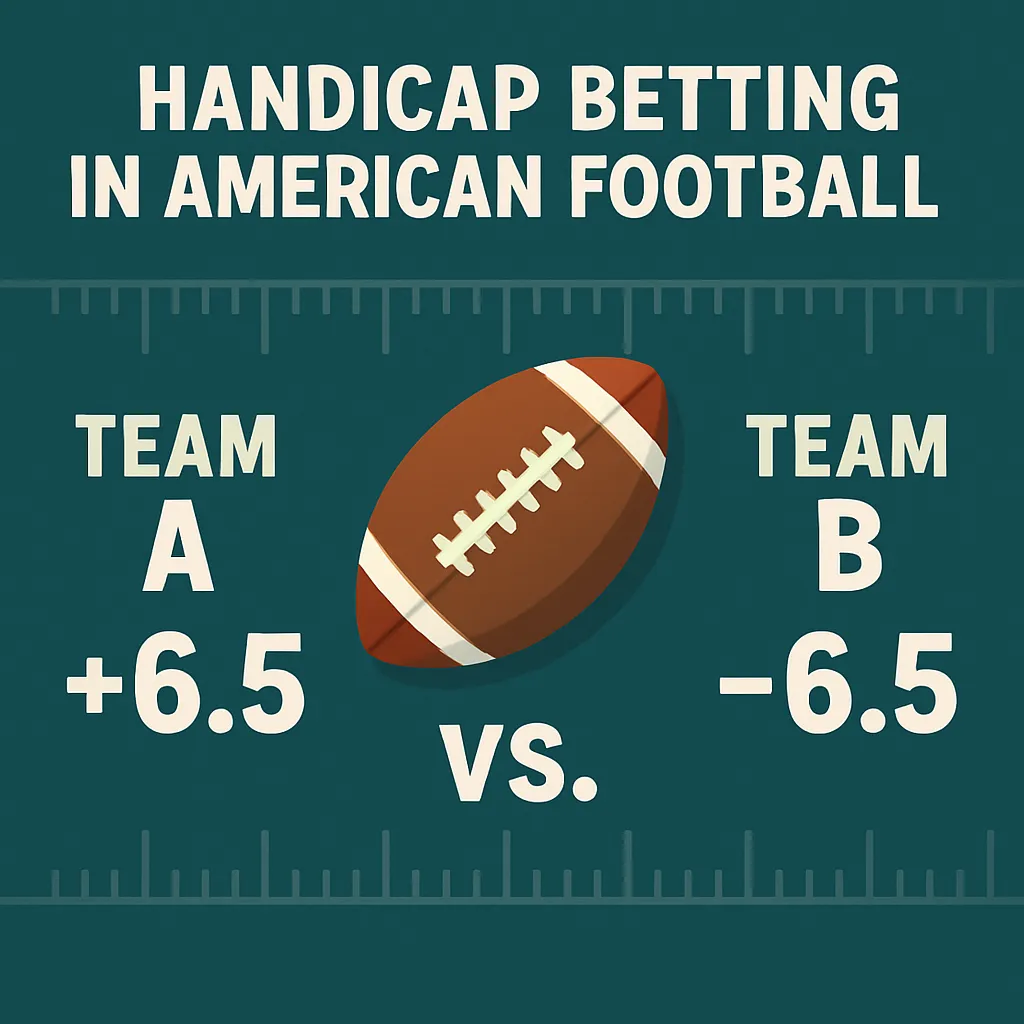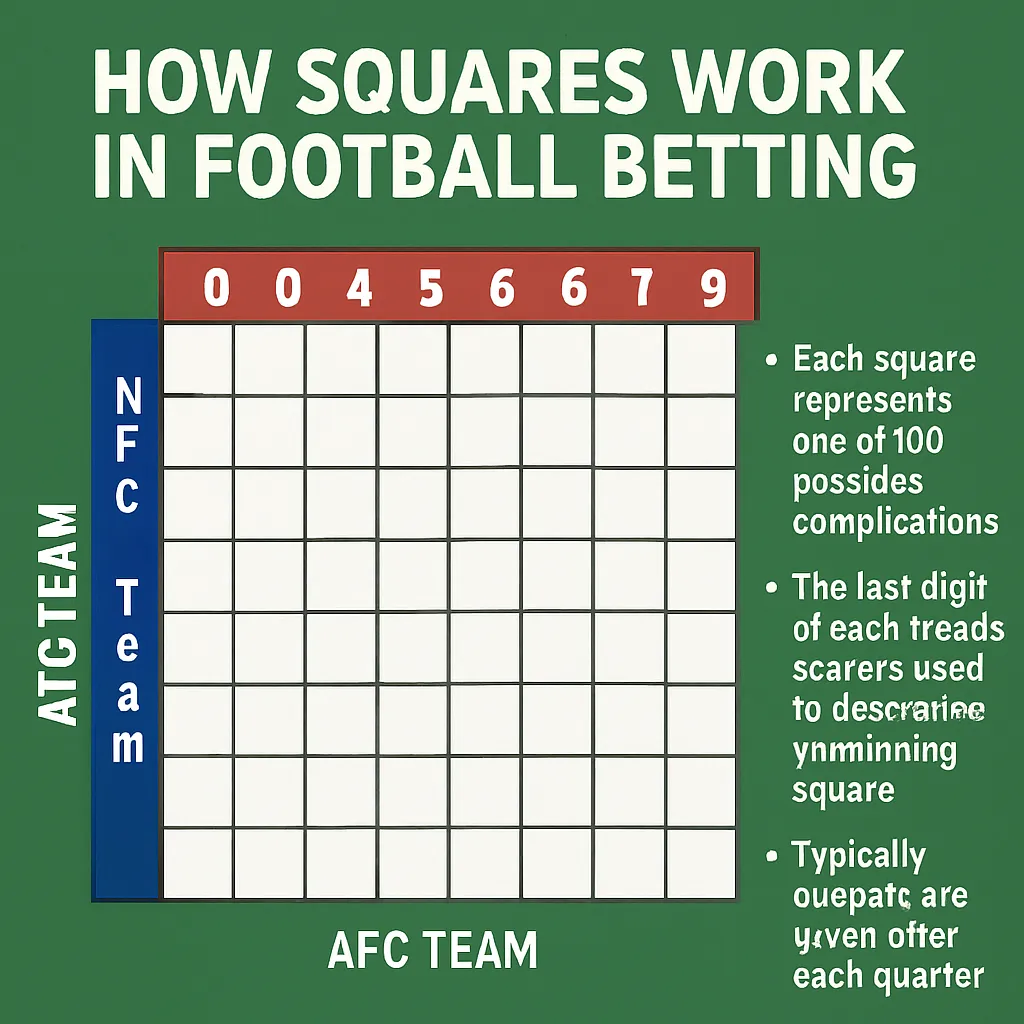In football betting, key numbers are pivotal thresholds that can make or break your wagers. By grasping these critical margins, bettors can refine their strategies and make more informed decisions. This article dives into the concept of key numbers, explains why they matter in football betting, and shows you exactly how to apply them. Whether you’re wagering on point spreads or totals betting, understanding these figures can tilt the odds in your favor. We’ll cover the history, the most common key numbers, and practical tactics for using them. Read on to unlock the power of key numbers in your next NFL game bet.
What Are Key Numbers in Football Betting?
Definition and Significance
Key numbers in football betting refer to the most common victory margins in NFL games, such as 3, 7, and 10 points. These margins occur more frequently than others because they align with typical scoring patterns—field goals (3 points), touchdowns plus extra points (7 points), and combinations thereof. Recognizing these numbers helps bettors anticipate where the line may move and find value before sportsbooks adjust odds. In point spreads, a shift from -2.5 to -3 can be significant because 3 is a key number. Similarly, in totals betting, totals set around 43.5 or 44.5 capitalize on scoring patterns. Knowing these key thresholds can give you an edge in predicting line movement. Ultimately, they form the backbone of many successful betting strategy approaches.
Historical Context and Rule Changes
The concept of key numbers emerged as oddsmakers and bettors noticed clustering around certain margins. In the early days, when field goals and touchdowns were the primary scoring methods, 3- and 7-point outcomes dominated. Over time, rule changes—such as the two-point conversion introduced in 1994—added new potential margins but didn’t erase the importance of 3 and 7. Analysts tracked decades of game results and confirmed these patterns, leading sportsbooks to price spreads accordingly. While less frequent, margins like 2, 8, and 10 also hold value after rule adjustments allowed more varied scoring. Today’s bettors must account for historical trends alongside modern scoring possibilities. Understanding how rule tweaks shifted scoring distributions helps explain why certain key numbers remain more impactful than others.
Why Key Numbers Matter in Betting Strategy
The Impact on Point Spreads
Point spreads are designed to balance action on both sides of a game. When a team is favored by a key number, bettors must decide if the favorite will win by more than that margin. For example, a -6.5 spread versus a -7 spread challenges bettors differently because 7 is a key number. Laying 7 points exposes you to the 7-point outcome, whereas -6.5 avoids that risk. Sharp bettors monitor line movements around key numbers to find advantageous spots. Even a half-point swing around these thresholds can represent genuine value. By targeting spreads just above or below key numbers, you can exploit sportsbook adjustments and improve your win rate.
Usage in Totals Betting
In totals betting, also known as over/under, sportsbooks set a line predicting the combined score of both teams. Key numbers apply here as well—common total key numbers include 43, 44, and 45. A total set at 43.5 means that an outcome of exactly 44 points will hit the “over,” while 43 will hit the “under.” Because NFL scoring tends to cluster around these sums, understanding which totals align with key numbers can guide when to bet. Betting the under at 44.5 avoids the 45-point result, just as betting over at 42.5 captures the 43-point outcome. By factoring in key numbers, bettors can better anticipate scoring distributions and choose totals lines that maximize edge.
Common Key Numbers Explained
Below is a summary table of the most frequent key numbers in NFL games, their applications in betting, and why they matter. Understanding this table will help you quickly reference which numbers to watch when placing football betting wagers.
| Key Number | Application | Description |
|---|---|---|
| 3 | Point Spread / Totals | Field goal margin; extremely common outcome in NFL games. |
| 7 | Point Spread / Totals | Touchdown + PAT margin; highest frequency of any outcome. |
| 10 | Point Spread / Totals | Combination of touchdown + field goal; moderately frequent. |
| 6 & 14 | Point Spread | Two-field goal or two-touchdown margins; less common but still relevant. |
Point Spread Key Numbers
In point spreads, the numbers 3, 7, and 10 are the most critical values to monitor. A spread of -2.5 avoids the 3-point win, while a spread of -3 opens you up to the worst-case scenario if the favorite wins by exactly a field goal. Likewise, a -6.5 spread versus a -7 spread can be the difference between a winning and losing ticket. Bettors often shop multiple books for half-point differences around these numbers. Tracking public and sharp action near key spreads can reveal where the line might move. Ultimately, betting around these thresholds is a core strategy in football betting.
Totals Key Numbers
For totals betting, focus on sums like 43, 44, and 45. These totals correspond to common scoring combinations—two touchdowns and two field goals (44), or three touchdowns plus a field goal (45). A total of 43.5 is especially popular because it splits the most common totals outcomes. Betting unders at 44.5 avoids the risk of a 45-point game, while betting overs at 42.5 captures the 43-point total. Seasonality can also affect totals key numbers: cold weather in late-season games may suppress scoring, pushing totals closer to these thresholds. By studying historical scoring data, you can identify which totals lines give you an edge.
Applying Key Numbers in Your Betting Strategy
Strategies for Effective Use
Before diving into tactics, it’s crucial to set a clear bankroll and target markets that offer the most value around key numbers. Monitoring line movements on game day can reveal when sharp money hits around thresholds. Utilize multiple sportsbooks to shop for the best lines—you never want to give away half-point value. Stay informed on weather reports and injury news, as these can create opportunities when lines dip below or above key numbers. Incorporate statistical models that weigh the probability of specific margins to guide your decisions.
- Shop around for half-point differences on point spreads and totals to exploit key numbers.
- Watch for sharp money and public betting percentages near key thresholds.
- Adjust your bets based on weather conditions, especially in cold or windy games.
- Use predictive analytics to estimate the probability of specific scoring margins.
- Manage your bankroll by limiting exposure when betting on narrow key-number spreads.
Consistently applying these strategies can enhance your profitability in football betting. Remember, the goal is to gain small edges repeatedly rather than rely on lucky hits.
Common Mistakes to Avoid
Even experienced bettors can fall into traps when using key numbers. Overconfidence in historical frequency without considering game context can lead to losses. Chasing lines after initial sharp movements often results in poorer odds. Ignoring other betting factors—such as injuries or coaching tendencies—can nullify any edge offered by key numbers. Betting too heavily on a single number or outcome exposes your bankroll to undue risk. Finally, failing to compare multiple sportsbooks means you might leave value on the table.
- Relying solely on key numbers without evaluating game-specific factors.
- Ignoring line-shopping opportunities across sportsbooks.
- Overbetting on narrow margins due to perceived frequency.
- Failing to adjust for weather, injuries, or last-minute news.
- Neglecting bankroll management when wagering around key spreads.
By avoiding these pitfalls, you can ensure your key-number strategy remains disciplined and effective.
FAQs
Q: What if a game ends by a non-key margin, like 5 points?
A: While less common, non-key margins still occur. Bettors should treat those as part of overall variance but not the focus of a key-number strategy.
Q: Are key numbers as useful in college football as in the NFL?
A: College games have more varied scoring, so key numbers differ (e.g., 3, 8, 14). Always tailor numbers to the league’s scoring patterns.
Q: How often should I revisit which key numbers matter?
Analysts recommend reviewing annually, as rule changes and scoring trends evolve over time. Regularly updating your data ensures your strategy stays relevant.
Q: Can key numbers help with live betting?
Yes—during in-game wagers, knowing which margins are common can guide line-movement predictions, especially late in games.
Q: Should I focus only on the top three key numbers?
While 3, 7, and 10 are most frequent, other numbers like 6 or 14 can still provide occasional value depending on the matchup.



